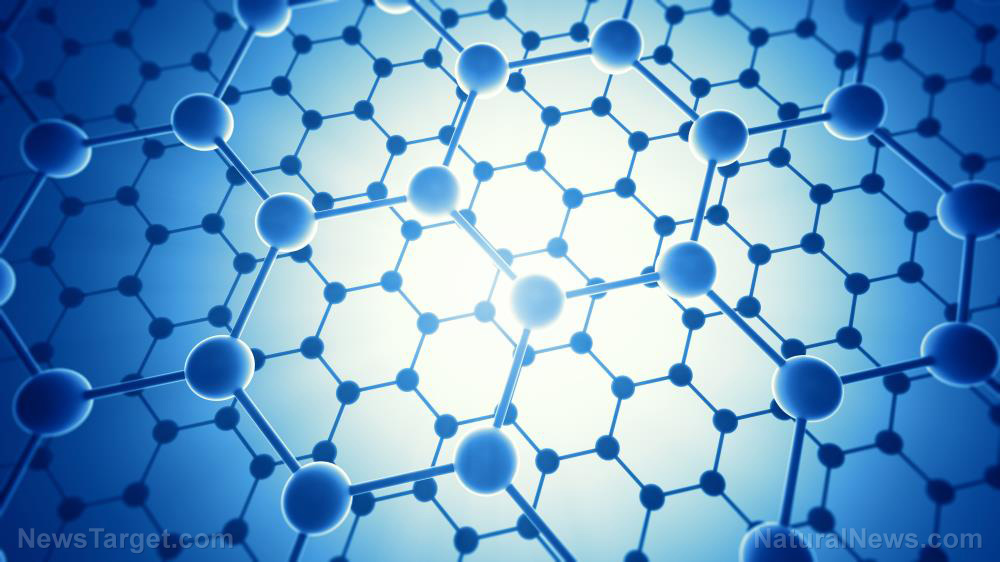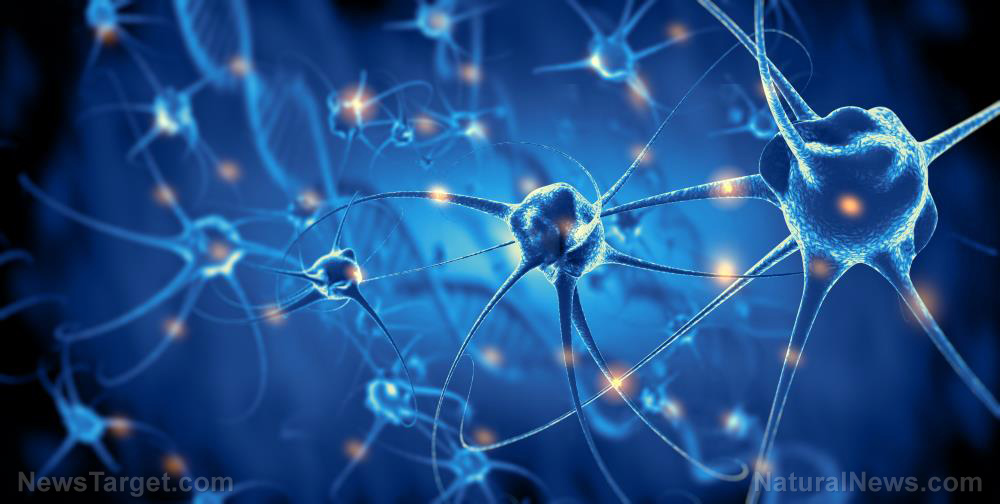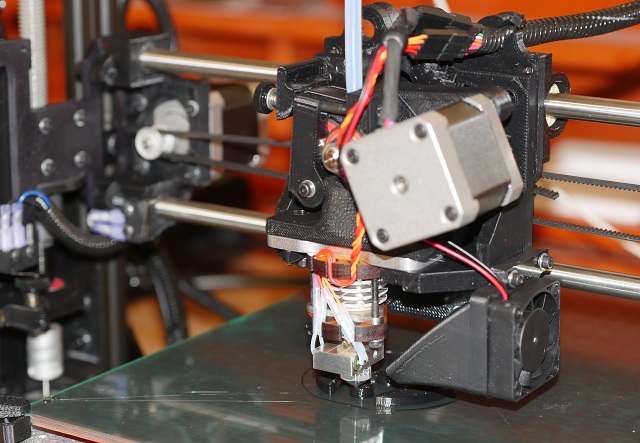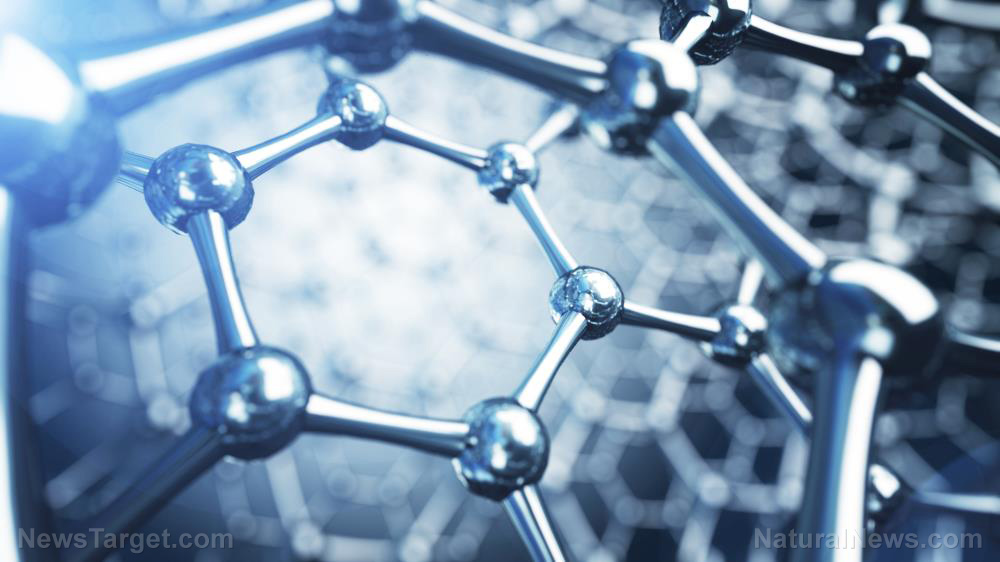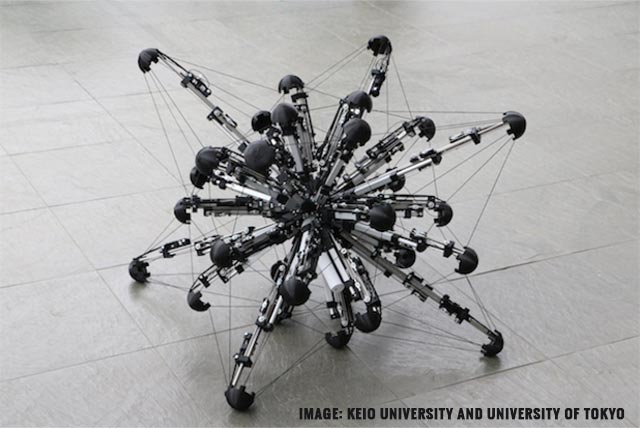Innovative method allows researchers to control magnetism, leading to better low-power technologies
02/06/2019 / By Edsel Cook
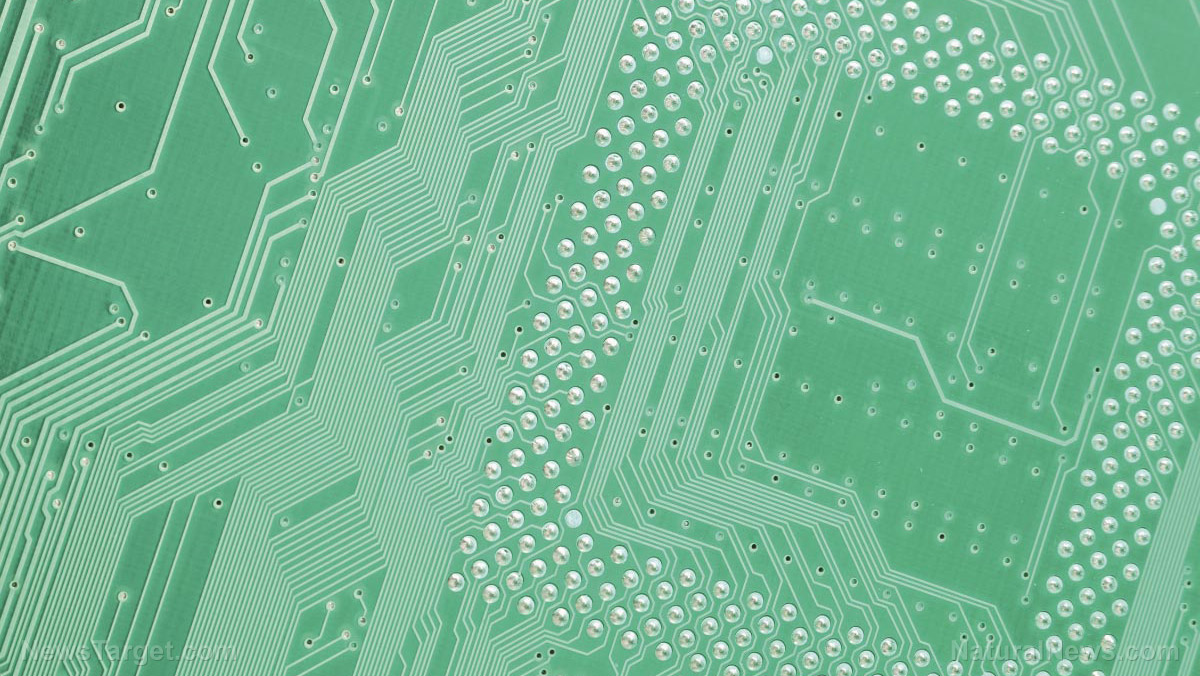
American researchers announced a breakthrough in the manipulation of the magnetic properties of a microchip. Their new approach could solve long-standing physical problems that are preventing much-needed advances in computing, memory, and sensor technology.
In the joint study between MIT and Brookhaven National Laboratory (Brookhaven), researchers demonstrated how they can alter the magnetic properties of a very thin material with just a little bit of electricity. Furthermore, the material retained the alterations to its magnetic orientation even after the voltage was cut off.
In contrast, the typical memory chip needs a constant supply of electrical power. Otherwise, the silicon material will revert to its base state, wiping any important data stored in it.
Silicon microchips are almost at the peak of their physical limit when it comes to balancing their performance and power consumption. A conventional computer chip will need to use much more power if it wants to run faster. (Related: Do you have “Intel inside” your computer? If so, you could be at risk: Major flaw in Intel processors makes them vulnerable to hackers.)
A new way to change the magnetism of spintronic devices almost instantly
Researchers believe that spintronics could push computer chips past their physical plateau. Instead of using electrical charge, a spintronic device relies on the “spin” property of electrons to maintain its magnetic properties.
Spintronic computer chips use much less power than their conventional silicon counterparts. They also produce far less heat. These traits make spintronics great for small devices.
There are drawbacks to using spintronic technology. The biggest problem is that the process of changing the magnetic properties of a spintronic device is much harder and slower when compared to silicon microchips that just need a tiny spark of voltage.
An earlier effort to increase the speed and ease of manipulating spintronics used a capacitor-like device to charge it with electrons. Another technique was to use oxygen ions instead of electrons.
Neither method worked particularly well. The capacitor proved to be very inefficient at changing the spintronic device’s magnetic properties. Meanwhile, adding and removing oxygen ions will damage the crystal structure after just a few cycles.
Spintronic computer chips could one day be used in low-power smart devices
The MIT-Brookhaven team explored an alternative to oxygen ions. They used much smaller hydrogen ions that can pass through the spintronic device with greater speed and more ease.
The small size of the ion prevented any physical damage to the delicate crystal structure. Hydrogen can also penetrate metal layers that will stop oxygen. The ion form of the former element can therefore go much deeper into a spintronic device to change the magnetic property of a layer.
As hydrogen ions approach the magnet, they cause the magnetization of the device to rotate. The right amount of voltage can flip the magnetic orientation by 90 degrees. The rotation can be undone by pumping hydrogen in the opposite direction, and the magnetization will stay as it is if there is no voltage.
The magnetic orientation of a material stores information in memory devices. A spintronic storage device could therefore write and erase bits of data at very high speed with just a little burst of electricity from hydrogen ions.
MIT researcher Geoffrey Beach said that his team’s original findings on the use of oxygen ions to control the magnetism of spintronic devices gave birth to what is now called “magnetic ionics.” Now, his breakthrough work with hydrogen ions promises to revolutionize the scientific field once more.
Beach believed hydrogen ion-enabled spintronic devices can one day be used in smart devices like smartphones. These devices need a lot of processing power, but at the same time they have limited battery power.
Sources include:
Tagged Under: breakthrough, computer chips, discovery, future tech, innovation, magnetic ionics, magnetism, Microchips, new tech, physics, science and technology, spintronic devices, spintronics


